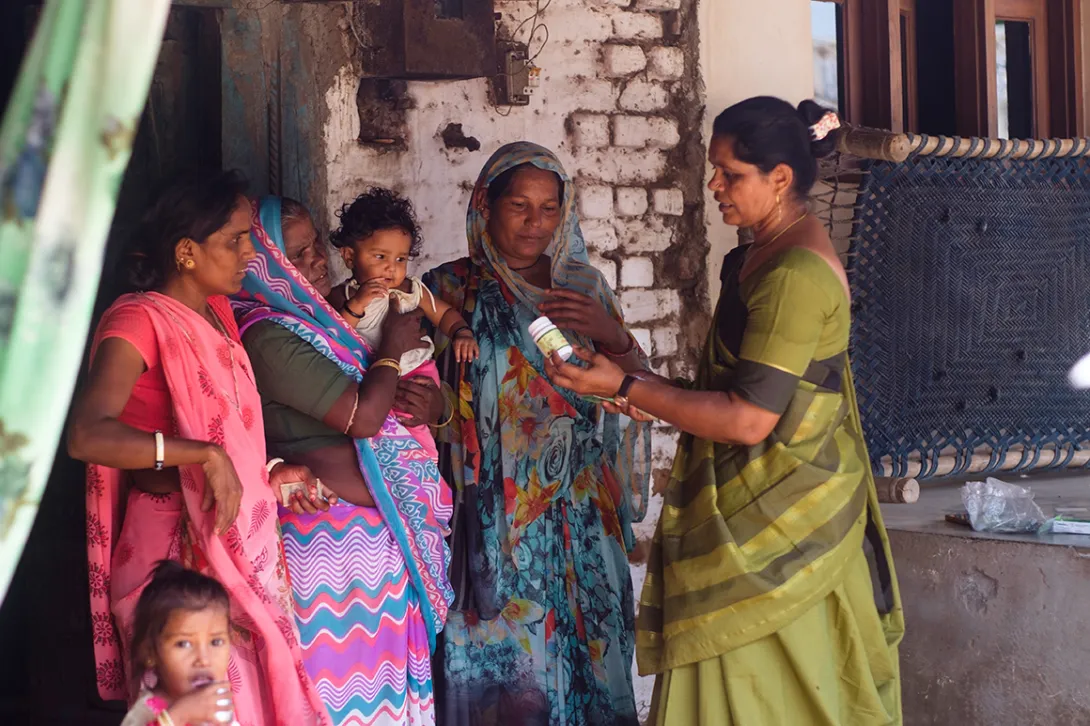
India, 30 years guaranteeing workers’ rights to healthcare
In India, where millions of women workers face up to many economic and social obstacles, the cooperative Lok Swasthya emerged as a pioneer model to guarantee their access to healthcare. Founded in 1990, it is the first cooperative in the country exclusively managed by women and it seeks to offer accessible and affordable healthcare services to women workers from the informal economy.
This initiative was established within the SEWA movement (self-employed women’s association), a trade union organisation founded in 1972 in Ahmadabad by the lawyer Ela Bhatt. At that time, in India there were no trade unions for self-employed women, meaning that the registration of SEWA was a milestone. When Bhatt tried to formalise it, the authorities asked her: Who are they going to protest against? Her reply was clear: We have no employer, but we do have many problems to resolve.” With this declaration, she laid the foundations for a movement that today brings together 3 million women in 18 states around the country.
Within SEWA, health was identified as one of the main vulnerabilities of the workers. Without any access to a social security system, many women had to pay for their medical services out of their own pockets, which generated prohibitive debts. In response, Lok Swasthya was created, a cooperative that operates using a self-management model, where the women, as well as users are also owners and managers of the entity.
With head offices in Ahmadabad, a city located around 700 kilometres to the south-west of the capital, New Delhi, Lok Swasthya has developed a network of medical care, including pharmacies that are open 24 hours a day and a production centre of Ayurvedic medicines. Its pharmacies do not only distribute medicines, but they also work as healthcare information points for the community.
The Lok Swasthya model has been recognised on a national and international level. For 25 years running, its audits by the Indian government have given it an A classification, the highest level of excellence. Its impact has gone beyond its immediate community, inspiring public policies such as the integration of pharmacies in the governmental healthcare services and collaborations with the World Health Organisation in tuberculosis control programmes.
Within the framework of the International Year of Cooperatives, Lok Swasthya is a clear example of how healthcare cooperatives can transform people’s lives.




